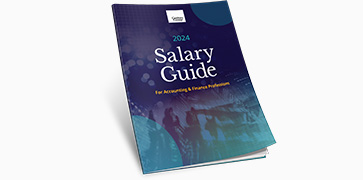With the global talent shortage expected to continue into this year, companies will need to be more proactive than ever when it comes to talent and recruiting. To remain competitive and find top-tier candidates, there are certain trends that employers should consider in order to attract and retain talented professionals. Here are the top trends for companies to watch for in 2023:
1. Competitive Compensation & Benefits
Competitive compensation is no longer just about offering a competitive salary – it’s about offering a comprehensive package of benefits that allows employees to feel valued and appreciated. This means thinking competitively about all elements of your benefits package: medical coverage, retirement plans, commuter benefits, childcare support, and other perks such as wellness programs or flexible work arrangements. All in addition to compensation that aligns – or slightly exceeds – the employee’s skill level.
2. Quick Recruiting Processes
Competition for talented workers is at an all-time high; and that’s not expected to change in the near future. Therefore, you need to streamline your recruitment processes in order to move quickly when you find top candidates. Have standard work for the recruitment process, which may include using automated applicant tracking systems or utilizing social networks like LinkedIn and Indeed as part of the process. Additionally, companies should consider virtual interview strategies as part of their hiring practices in order to reduce time-to-hire and make their recruiting efforts more efficient.
3. Focus on Employee Mental Health
Employers have started to prioritize mental health – and will need to continue to do so – by proactively creating an environment of acceptance and support for employees. This could mean providing access to mental health resources through an employee assistance program or offering training on how managers can better recognize signs of stress or depression in the workplace. Additionally, it’s important that, as an employer, you’re prioritizing flexibility.
4. Emphasis on Career Growth Opportunities
Employees want meaningful work experiences with potential for advancement. In addition to competitive salary and benefits, they want a job that provides long-term career growth opportunities as well as avenues for upskilling and expanding their abilities within the organization. Therefore, employers need to create career development paths within their organization that allow employees opportunities for learning new skills or advancing into higher positions over time.
Here’s a quick guide to some essential retention tactics.















